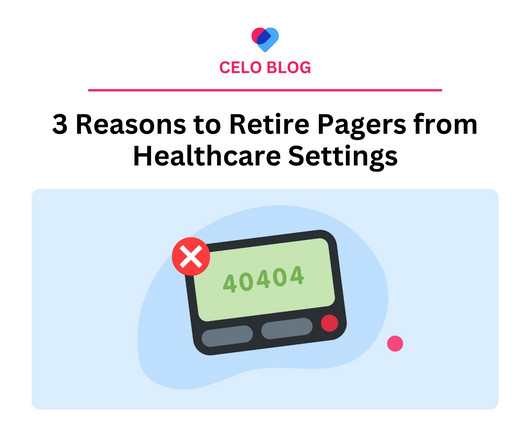Home-Based Care Providers See 98% Productivity Increase with Visit Optimizer from AlayaCare
AlayaCare
OCTOBER 26, 2023
AlayaCare’s smart module uses advanced algorithms to improve efficiency and reduce employee churn for home-based care providers. NEW YORK, NY / ACCESSWIRE / October 26, 2023 / Home-based care technology platform AlayaCare is announcing results from early adopters of its new Visit Optimizer tool. Schedulers and administrators using Visit Optimizer have seen the following: 98% average decrease in administrative time spent on filling vacant visits 35% average improvement in visit fulfillment






















Let's personalize your content